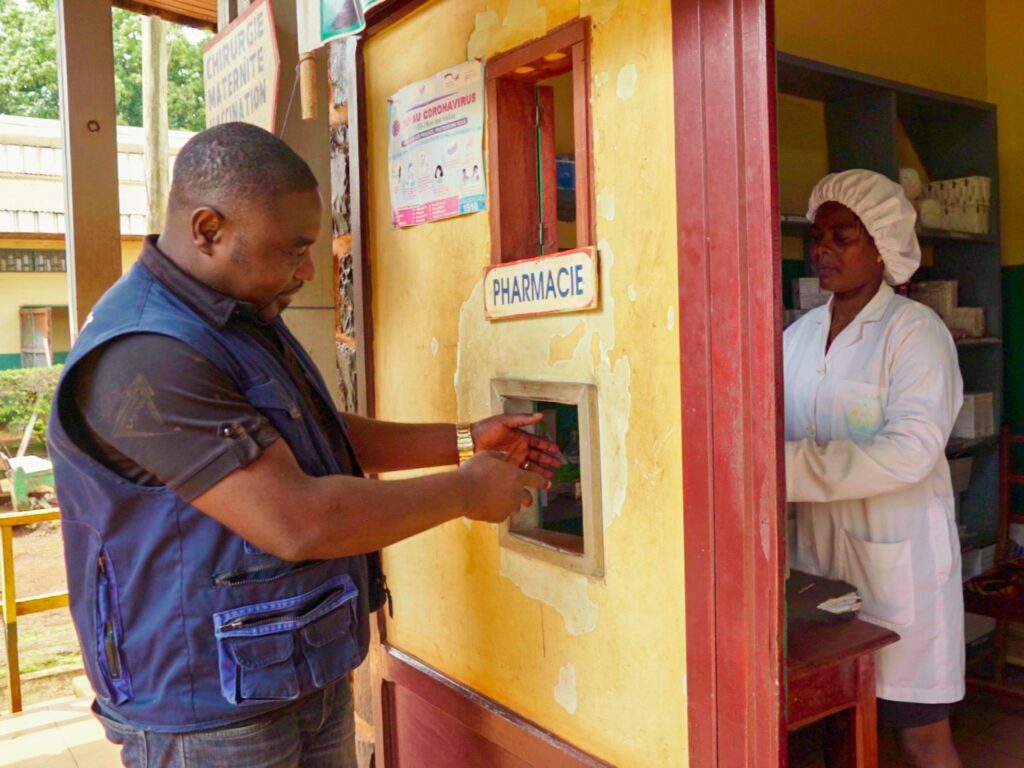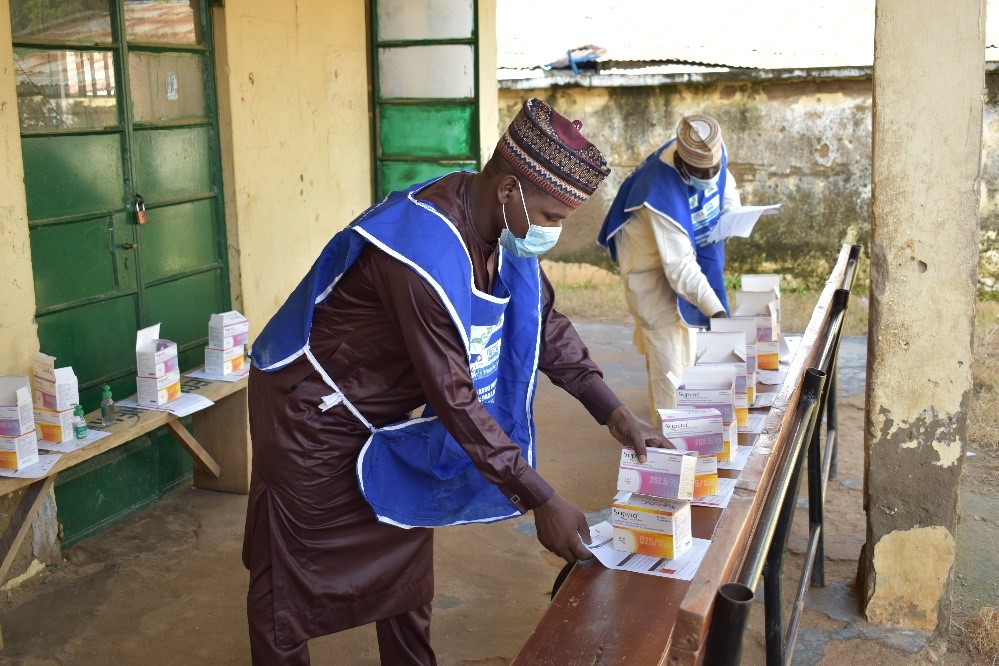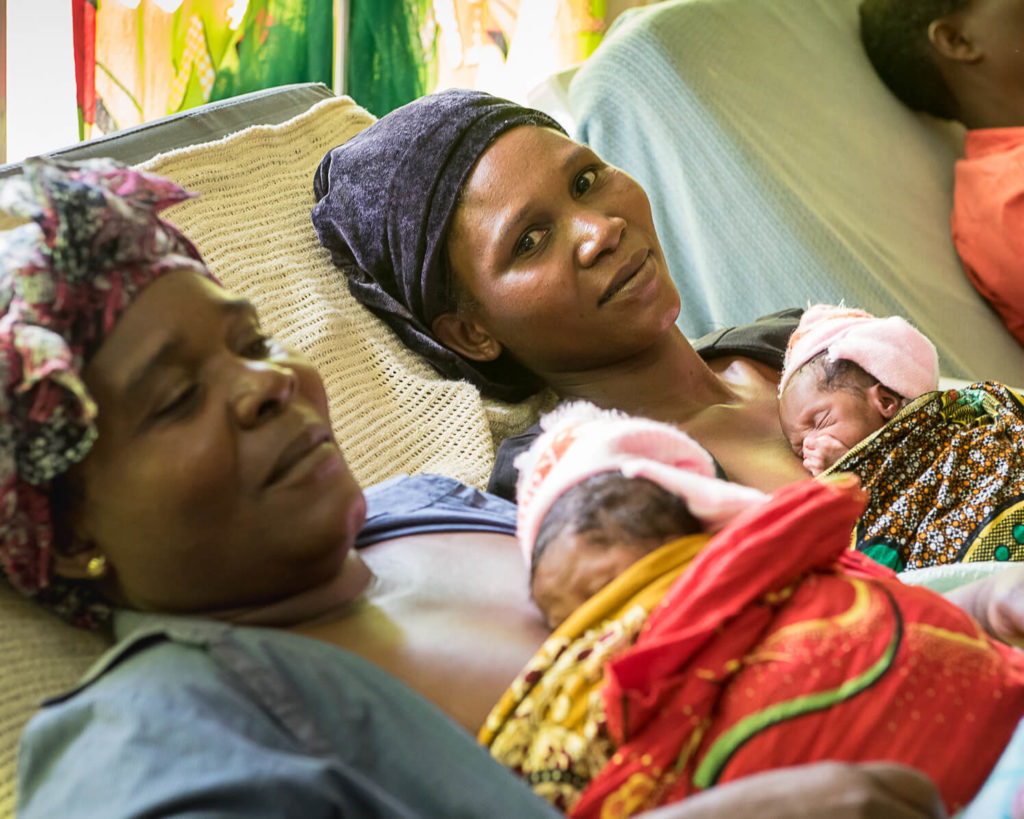Fact Sheet: BLC’s Migration Corridor Program
Fact Sheet: BLC’s Migration Corridor Program
Southern Africa has a long history of cross-border migration (movement of people across international borders) and internal migration (movement of people within a country). People migrate for political, social, and economic reasons. Highly mobile workers include farm workers, miners, domestic workers, migrant youth, cross-border traders, truck drivers, sex workers, and economic and political refugees – each with their own dynamics and vulnerabilities. The association between population mobility, migration, high risk sexual behavior, and HIV prevalence is well documented. Although data on HIV prevalence among these populations are scarce, existing data show that HIV prevalence among migrants and mobile populations is considerably higher than in national adult populations. Migrants and mobile communities are therefore identified as one of the priority populations needing targeted HIV prevention interventions.
The health needs of migrant populations are not addressed by most country programs. Moreover, since migration is a cross-border phenomenon, a holistic, regional approach is needed. In response to these challenges, the USAID-funded Building Local Capacity for Delivery of HIV Services in Southern Africa Project (BLC) is implementing a multi-pronged approach. Find out more about the BLC approach and interventions in this fact sheet.


